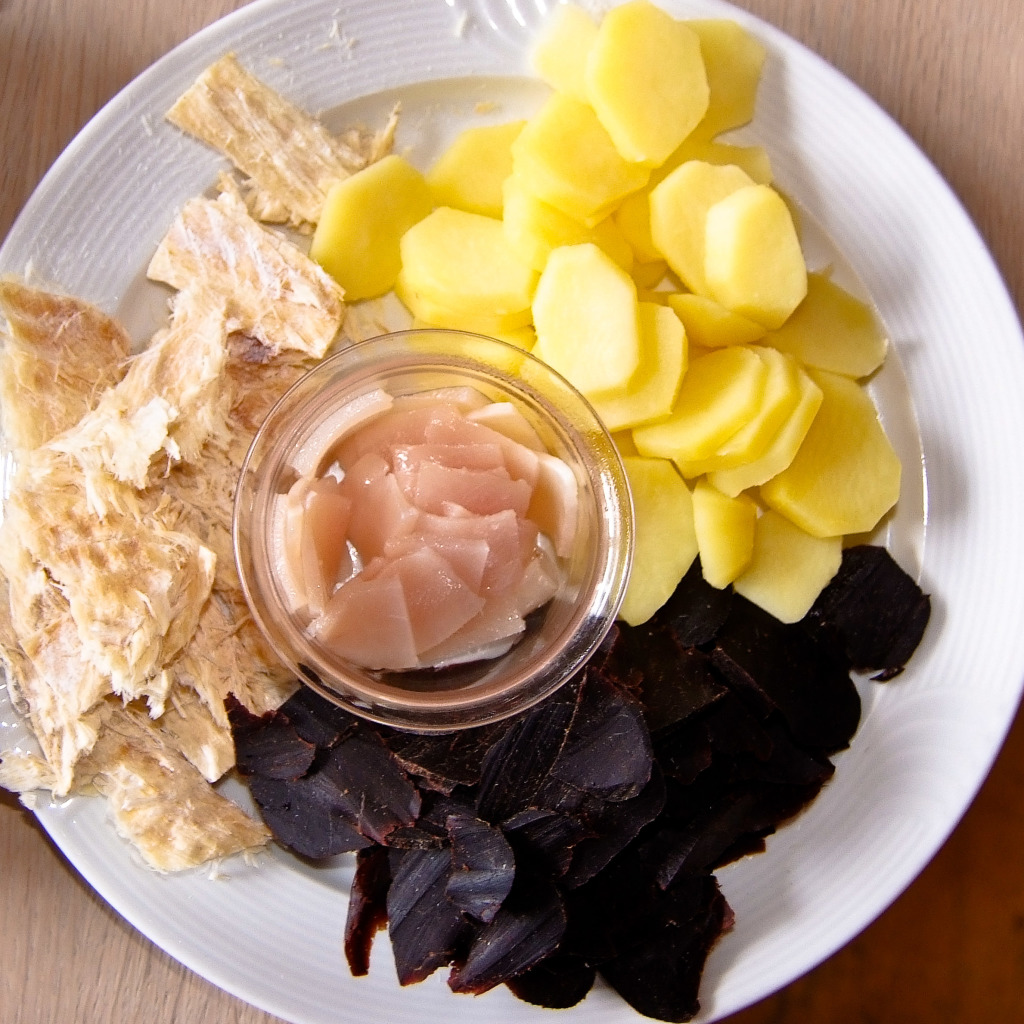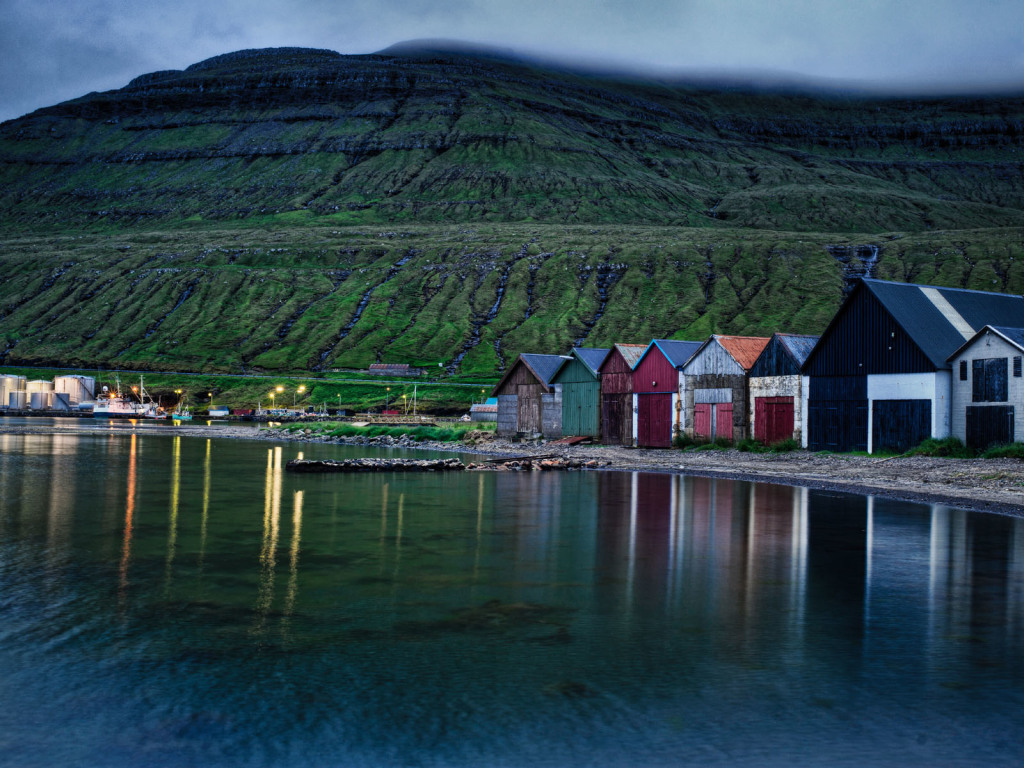https://www.youtube.com/watch?v=0_AV5HnMF7o
There’s something a little fishy about the Faroe Islands tourism slogan: “Unspoiled. Unexplored. Unbelievable.” Yes, it is unbelievable that the whale slaughter continues with what appears to be limited regard for public or environmental health. I admit, the islands do appear as an idyllic wild tourist destination – an image which should be nurtured with sensitivity. The tourism industry stands to lose much of their foothold should the negative press surrounding the Grindadráp continue. Let’s review some noteworthy dates in recent history for valuable context.
1987
A 1987 study investigated human intake of mercury and other toxins by eating pilot whales. The results raised international concern. Intake levels “far exceed the Provisional Tolerable Weekly Intakes recommended” by the World Health Organisation. So, over twenty years ago, health authorities knew their residents were consuming dangerous levels of mercury, methyl mercury, PCBs, and cadmium. All of which are harmful to humans in high enough doses. The conclusions included significantly restricting consumption of Pilot Whale foods.
1994
Seven years later, a study team from the School of Environmental Sciences, University of Greenwich, London, UK, publishes in Science of the Total Environment to report on “levels of organochlorine and mercury contamination in the blubber of pilot whales“. So again, valuable benchmarks are being established to show consumption of this food source is really not a good idea.
1996
The journal Science of The Total Environment published work from the Department of Occupational and Public Health, Faroese Hospital System, Denmark. This comes from within the halls of their own health system infrastructure: “Health implications for Faroe islanders of heavy metals and PCBs from pilot whales.” The results? AVERAGE “consumption amounts of whale meat and blubber exceeded WHO recommended mercury levels.” Researchers found traces of mercury in new mother’s hair and in the umbilical cord blood of their infants. So twenty years ago they knew this was a problem and allowed it to continue because it’s a tradition.
2008
Jumping ahead one decade to a critical article published in New Scientist in November 2008. But today in a statement to the islanders, chief medical officers Pál Weihe and Høgni Debes Joensen announced that pilot whale meat and blubber contains too much mercury, PCBs and DDT derivatives to be safe for human consumption.
2011
In June, the Faroese Food and Veterinary Authority released official recommendations for consumption but fell completely flat when it came to supporting an outright ban. As a result the government didn’t outlaw whaling.
2013
In October, UNEP’s Minamata Convention on Mercury was adopted at the Conference of Plenipotentiaries in Minamata, Japan. The legally binding “global treaty to protect human health and the environment from the adverse effects of mercury” lists the Faroe Islands and Denmark as signatories as of 10/10/2013. To date, 128 countries have signed the treaty.
“For far too long, coastal communities around the world have been allowed to consume the mercury-contaminated meat of whales, dolphins and porpoises, many in ignorance of the risks involved.” Clare Perry, Senior Campaigner, Environmental Investigation Agency.
The Environmental Investigation Agency and their campaign partners were quick to follow up with “Mercury treaty to flag threats of toxic whale & dolphin meat“. Just when I was feeling the slight bit of hope, the following startling quote inspired grave concerns.
“Increasing awareness of the scientific advice has led to many in the Faroes rejecting pilot whale meat. Despite this, more than 1,300 pilot whales and white-sided dolphins have been killed in the Faroe Islands in 2013, suggesting that some people are consuming huge amounts of whale and dolphin meat. The Faroese Government needs to follow the advice of its own scientists and enforce a strict ban on consuming toxic whale meat” Birgith Sloth, Society for the Conservation of Marine Mammals in Denmark

Tvost Og Spik: Pilot Whale meat, blubber and potatoes
Mercury Strategy: Let Them Eat
I would hazard a guess than only one more generation will survive the chronic mercury poisoning in the Feroese population. Naturally this is rather bleak as it doesn’t protect the whales nor the residents. But who are we to tell them what to eat and how to live? If they can’t help themselves by not eating whale food products, maybe we should let nature take its course until the incorrigible parties are removed from the population.
Social Strategy: Reduce Their Health Care Benefits
No more proof is needed to illustrate how those consuming Pilot Whale do so at their own risk. Health care in the islands is free and public. It’s a well developed system that looks after everyone equally. But what happens when one cohort refuses to heed the warnings of their very own health administration? Consider the increased costs of health care to a particularly negligent part of island society. Naturally the people who don’t know of the toxic risks should be educated, but those who are well aware of the risks and continue poisoning themselves and their families should be made accountable. Since we can’t put surgeon general warning stickers on whales, why not introduce health care penalties to those who insist on eating whale and carrying on a dead-end tradition? The toxic consequences for consumers will haunt them and the health care system for the rest of their natural lives.
Export Strategy: Pressure Trade Partners & Foreign Brands
It’s likely that any significant threat to their export market would create swift backlash. Fish and fish products make up 94 percent of the Faroe Islands exported goods. Strong condemnation of the whale slaughter from the three dominant export trade countries would provide substantial pressure on the “Grindadráp”. In simple terms: the “Grindadráp” is NOT fish friendly. In 2011 the primary export trading partners were:
- Denmark – 27.1%
- UK – 22.5%
- US – 12.2%
- Nigeria – 12%
- Netherlands – 7.8%
- Norway – 4.5%

All good things come to an end.


